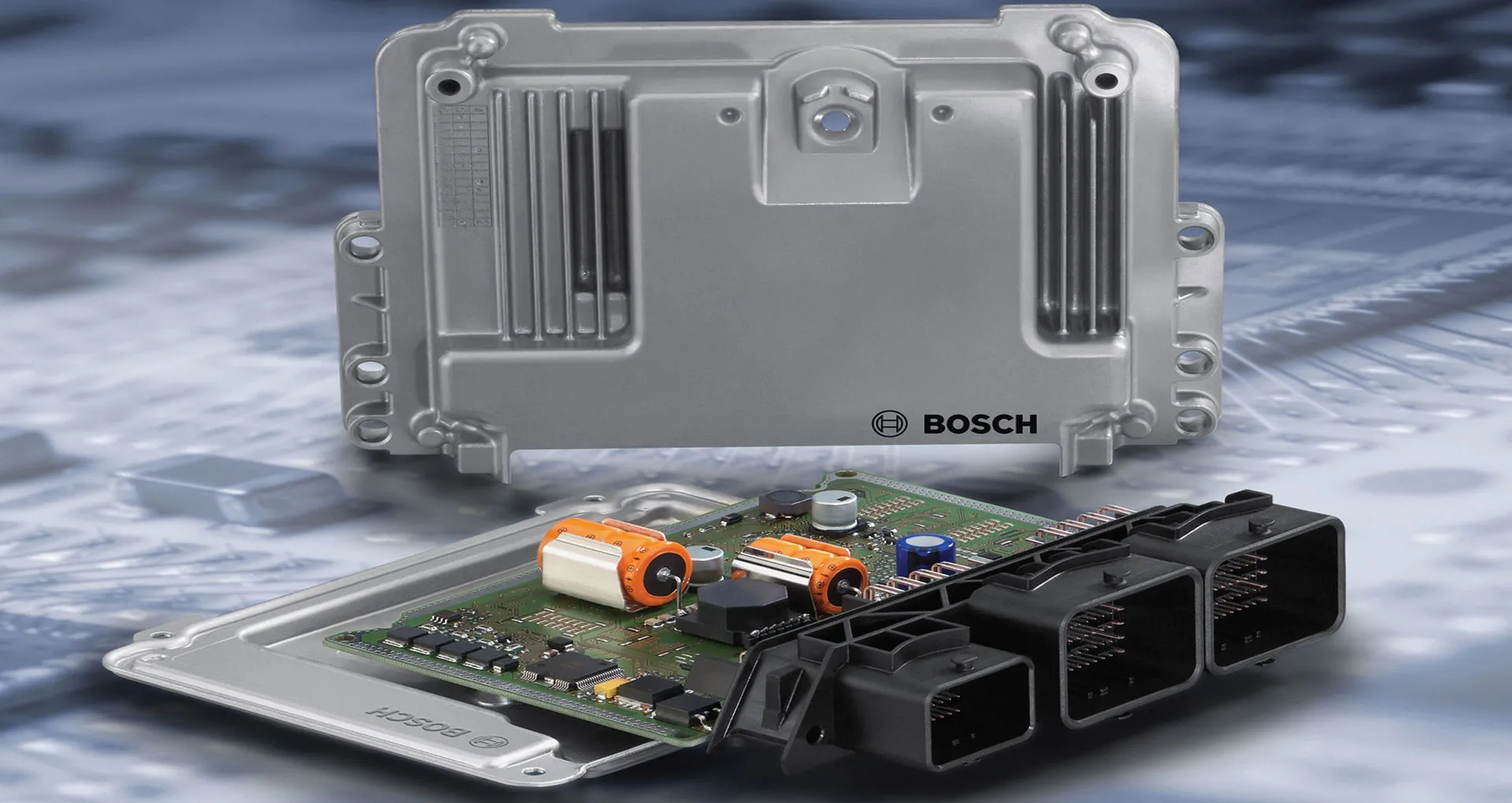Refresh for the brain of development
Electronic components play an increasingly important role in automobiles. Bosch develops electronic control systems for engines and transmission controls, anti-lock braking, lanekeeping support, airbags, parking assistance and power steering. The automotive industry’s requirements for control systems are exceptionally tough since these systems are subjected to extreme temperatures and vibrations. As a result, their development and manufacture are technologically demanding and governed by highly complex processes.
Due to these challenges, the Bosch Automotive Technology Division set up a dedicated project to increase the efficiency of these processes by simplifying and standardizing them. “From an enterprise IT perspective, one of our goals is to reduce the number of applications we use and to ensure their sustainability over time,” said Lutz Napiwotzky, responsible for Engineering Applications at Corporate IT, Robert Bosch GmbH, in StuttgartFeuerbach.
Looking at the entire process chain
When Bosch experts analyzed their previous development processes, they quickly identified areas for improvement. No consistent data management was available. Each division structured data differently and stored it in different systems. As a result, tasks like tracing component use were inefficient and sometimes impossible. Napiwotzky continued: “In order to ensure the quality of our products and to constantly improve them, it is essential that we know at any time, which components have been integrated into which systems and when. While it was difficult to get the required data at the component level, we had no chance of obtaining any information on an entire model.”
With the 3DEXPERIENCE Platform application ENOVIA, Bosch engineers today know precisely in which device components are installed, including all configuration and material information. They are supported by a powerful data and process management system: the Automotive Technology Division (UBK) uses ENOVIA from Dassault Systèmes to unify its entire electronics process chain. One of the reasons why Bosch chose ENOVIA was because it could seamlessly integrate it into its IT architecture. Another reason was Dassault Systèmes’ expertise and ability to successfully bring such a challenging project to the finish line.
Moreover, ENOVIA optimally supports Bosch’s globally distributed product development organization.
You could say the library is the brain of our development. All the information our developers need for their work is stored centrally, so they know, for instance, whether they can use a component for a new development or when it has been discontinued.
Standardization with ENOVIA
Today, supported by an IT solution based on ENOVIA, Bosch has implemented a standard development process for control devices across the entire Automotive Engineering Division. ENOVIA’s component library structuring and versioning capabilities, in particular, bring significant value to the Stuttgart-based company rich in tradition. “You could say the library is the brain of our development,” Napiwotzky said. “All the information our developers need for their work is stored centrally, so they know, for instance, whether they can use a component for a new development or when it has been discontinued.” The library in the UBK at Bosch is completely managed in ENOVIA. All parts released by engineers are automatically transferred to the CAD library overnight. This is why the CAD library is always up to date and contains released components and modules.
ENOVIA also proposes role-based management features. If a global joint venture partner needs to collaborate with others that belong to his workspace, he is given access rights, which restrict access only to the appropriate information.
Potential improvements in other business areas as well
At Bosch, more than 2,000 developers worldwide currently work with ENOVIA. Apart from UBK, Napiwotzky definitely sees demand in other business units such as industrial equipment or consumer goods. “Whenever we show our colleagues that our system can support an integrated process - from design to layout, testing and validation to production - they express great interest in our solution.” It is not surprising that Bosch is currently analyzing how the solution can be adapted for other divisions.
Bosch’s transition to ENOVIA Version 6 in 2010 set the stage for on-going maintenance and development of its IT environment.
Some of the former Bosch-specific functions have even been implemented as standard features in ENOVIA. As a result, the Stuttgart-based company is closer to its goal to leverage standard, easy to maintain and sustainable IT solutions from the market.

Focus on Bosch Automotive Technology Division
The Automotive Technology Division is the largest entity within the Bosch Group. As one of the world’s leading suppliers to the automotive industry, Bosch delivers a broad spectrum of products and services.
Products: Components and systems for gasoline, diesel, hybrid and electric powertrains, systems for active and passive vehicle safety, automotive electrics and electronics, and mobile communication
Revenue: €31.1 billion in 2012
Employees: 167,000
Headquarters: Stuttgart, Germany
For more information www.bosch.com

